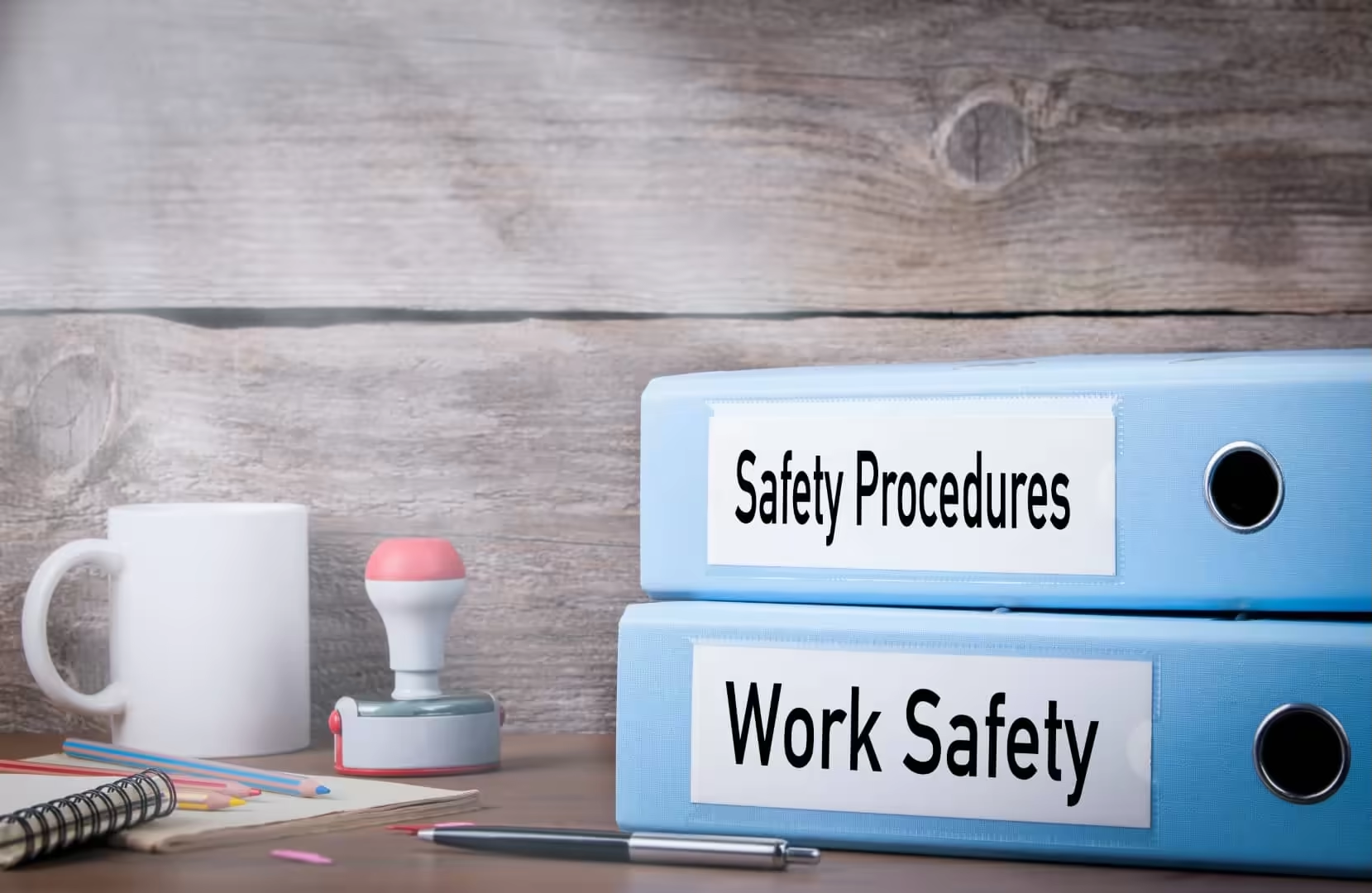The workplace should be a safe environment where employees can carry out their daily tasks without worrying about any hazards. Keeping the area clean and minimizing potential problems is an excellent start to emergency preparedness for employees.
Safety isn't something one person should be in charge of, and everyone has to do their part to make it work. When a workplace has the best practices that will help team members respond correctly to the types of emergencies they may face at work, there will be less of a risk for serious injury.
Employers should evaluate their unique safety concerns and build an emergency preparedness plan around them. Below are the best practices that a company can keep in mind and include in the planning phase:
1. Understand All Potential Emergencies
Not all workplaces will have the same safety hazards, and some areas of operations could be more hazardous than others. For this reason, companies should start by listing all the potential emergencies their staff may have to deal with during their workday.
Thus, large corporations may have more aspects of their team member's safety to consider or have a diverse workforce, including team members with special needs. It may be best for these businesses to outsource some aspects of their safety measures by implementing life safety systems, among others. A comprehensive solution that covers almost all risks will be the best for any company wanting to safeguard itself.
2. Discuss The Importance Of Being Prepared
Companies can install as many first aid kits, signs, and procedures or do as much safety training as they want, but the lesson is lost when employees don't understand the importance of being prepared. They need to know how critical it is to look out for themselves and others working around them.
Preparedness starts with this understanding, and skipping this step may cause the teams to pay less attention to safety regulations, or they may cut corners for the sake of finishing the job a few minutes earlier.
And as a team member, you must understand that you could potentially cause much damage if you don't adhere to the safety regulations.
The pendulum could swing the other way as well. Also, you need to understand the importance of safety equipment and to get your fire systems up to scratch, for example.
3. Provide Employees With First Aid Training
Although most companies will send one person per department for first aid training, it may be better to include as many employees as possible. Not only will it be a skill that they can use for the rest of their lives, but they will also become a more significant asset to the company with their enriched skill level.
There could be days when the person with emergency first responder training or first aid training is on leave or not in the office for whatever reason, leaving the rest of the team without the proper help when needed. Companies should see the training as an investment for the company when they have less severe emergencies because of the improved knowledge of their staff.
Related: 9 Career Paths In Emergency Management
4. Put Together An Emergency Action Plan
Because emergencies tend to happen when everyone least expects it, another good practice to improve preparedness will be to have an emergency action plan. With this step-by-step guide, all the team members will know what to do when a situation arises.
Each person in the company should receive a copy of this action plan, and extra copies should be available if someone is unsure of what to do. The plan should include how the teams should respond, how to handle the various emergencies, where the gathering points are, and any other important information they should know.
5. Visibly Display Important Information
Employees may be aware of the emergency procedures, where the exits are, and what each person should do, but what about visitors to the building? If they aren't informed, they could get lost in the hysteria that sometimes follows an emergency.
Even some team members could need help navigating through the crises, so having visible directions and contact details all over the office will assist them in finding their way. Signs in bright colors will attract the attention of someone searching for guidance; luckily, many providers can customize these for the needs of each company.
6. Appoint A Safety Leader For Each Department
As some departments may have more unsafe practices like tools or chemicals, it could be best to appoint a safety leader for each shift in each department. The person will be responsible for helping all their team members out of the building, away from the situation.
They should be able to do a headcount at the assembly point and notify the person in charge of any missing personnel. Another part of their responsibility should be to contact the proper authorities like the police, fire department, or ambulance service. Delegating team members to specific tasks will help them perform better as a team, and the safety leader can also be in charge of this.
7. Employees Should Practice Safety Drills
One of the best ways to prepare all team members for an emergency is by practicing the emergency procedures. A safety drill once a month could ensure that the information stays top of mind for everyone so that when they face the real thing, they will easily recall what to do and where to go.
Doing these drills during working hours may seem like a waste of valuable company time, but there is no better time to do them. Unexpectedly sounding the fire alarm could spur employees to act, and safety leaders can evaluate their team's performance and give feedback on where they will have to improve. Incorporating commercial fire alarm installation ensures that your systems are top notch when emergency strikes, creating a greater sense of security and compliance with safety standards. It could be beneficial to minimize minor safety concerns that team members' health insurance may not cover.
Preparing The Final Word
An emergency may catch employees off guard, but with the correct safety procedures and best practices, they can help themselves, others, and the company to minimize injuries and damage. As long as everyone does their share and sticks to the emergency plans, emergencies shouldn't be something teams should fear.
Constant reminders and more training provided to teams will improve their emergency preparedness so everyone will remain safe. When companies include all possible situations in their emergency action plan, there is little room for error. Making it easy and more accessible for teams to quickly find vital information is probably one of the best practices for emergencies, saving time, money, and lives.



